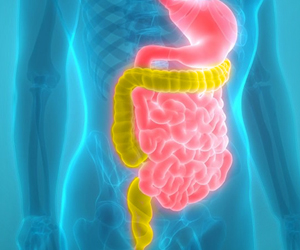A latest study done to analyze the health benefits of anti-oxidants, more specifically Vitamin E has revealed it to be a double-edged sword.
Everyday, a number of studies are studies are being published highlighting the importance of consuming anti-oxidants. This study has warned that under certain circumstances, the even the most powerful antioxidant can lead to increased risk for development of cardiovascular disease, cancer and other disorders.The researchers of the present study analyzed two different forms of vitamin E; one found in plants such as corn, soybeans (gamma tocopherol) and the other found in sunflower seeds, mustard greens, almonds and olive oil (alpha tocopherol). The two forms of the vitamin differ in the chemical structure.
Under laboratory conditions, gamma tocopherol was found to completely destroy animal cells (brain cells of mice) while this effect was not observed with alpha tocopherol. The finding might be more valuable in the U.S where people tend to consume high amounts of gamma tocopherol.
Quinones represent the end product of gamma tocopherol and alpha tocopherol metabolism. It is this form of the compound that enters inside our cells. The human body is designed to eliminate most of the g-tocopherol before the body can absorb it. However, the consumption of vitamin supplements can increase the concentration of quinones.
This compound can result in cell death owing to prevention of proper protein folding. This type of an abnormality has already been linked to diseases like Parkinson's and diabetes. Similar effects were observed when the experiments were replicated in monkey cells and mouse-derived skin cells.
The results does not mean that people will have to refrain from consuming anti-oxidants altogether. However it does highlight that about the health benefits or side effects of anti-oxidants is still incomplete. More studies are clearly indicated to explore the cellular interaction of anti-oxidants, so that an accurate risk-benefit ratio may be arrived at.
Advertisement











